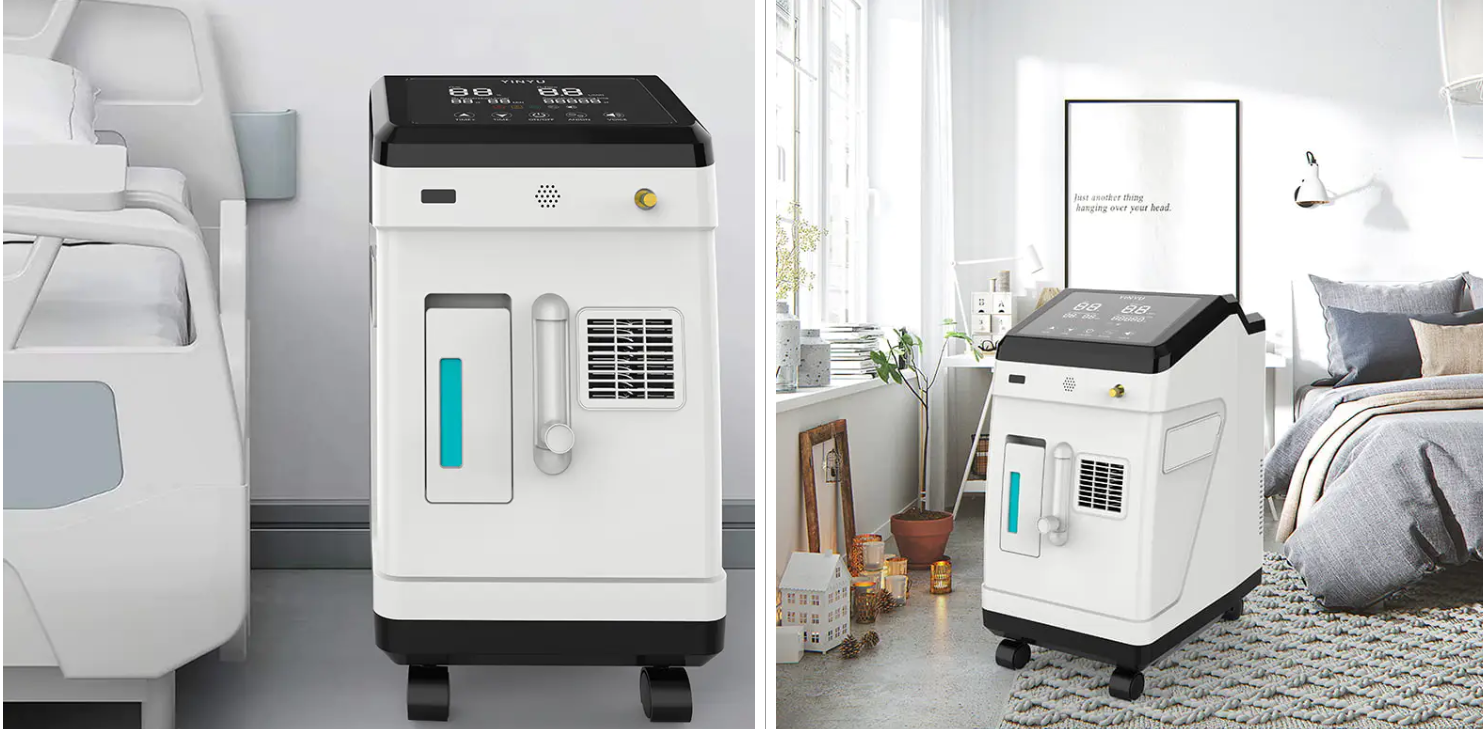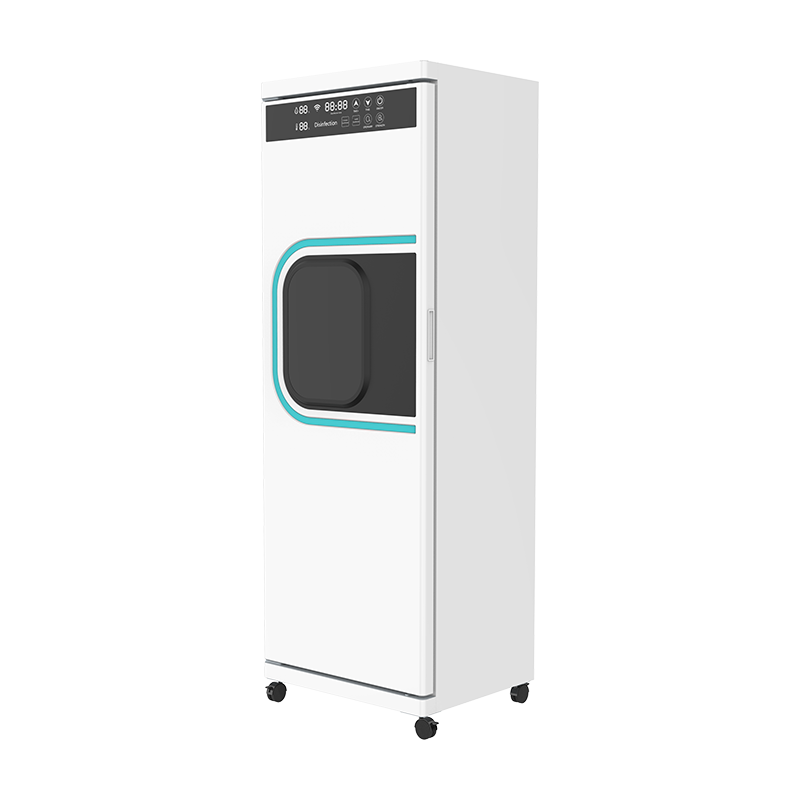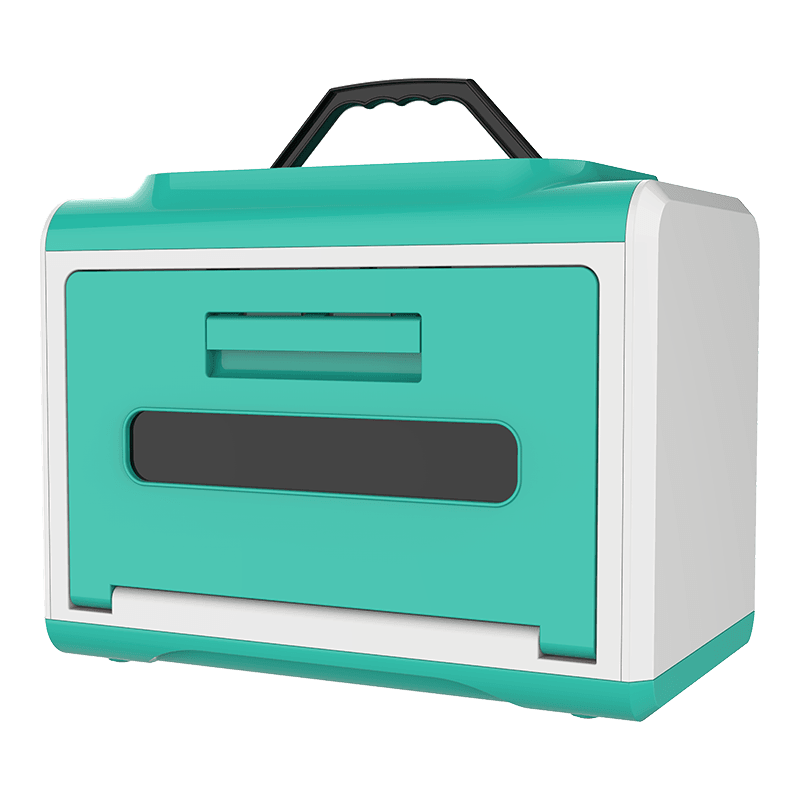As a medical or home auxiliary device, the correct use of oxygen concentrators is crucial. Improper operation may affect the oxygen supply effect and even cause safety hazards (such as fire, equipment damage, etc.). Knowing how to use the oxygen concentrator correctly can help you use the equipment safely and efficiently.
Content
1. Preparation before using the oxygen concentrator
Read the instructions
Oxygen concentrators of different brands and models may have different operating methods. Be sure to read the user manual carefully.
Pay attention to key parameters such as rated power, oxygen flow range, and applicable environment.
Check the integrity of the equipment
Ensure that accessories such as power cords, nasal oxygen tubes, filters, etc. are intact.
Check whether the appearance of the oxygen concentrator is damaged or abnormal (such as cracks, leaks).
Choose a suitable placement
Keep away from fire sources: oxygen supports combustion, and open flames, smoking, or the use of flammable materials such as alcohol are prohibited within 2 meters around the oxygen concentrator.
Good ventilation: Avoid using in confined and small spaces to ensure normal heat dissipation (at least 15cm away from the wall).
Place stably: Avoid tilting or vibration to prevent damage to the internal molecular sieve.
2. Precautions in using oxygen concentrators
Correctly adjust the oxygen flow
Adjust the flow rate according to the doctor's advice or your own needs (usually 1-5L/min), and do not adjust it higher at will.
Excessive flow may cause the oxygen concentration to drop, or even cause oxygen poisoning (long-term high-flow oxygen inhalation).
Use appropriate oxygen inhalation methods
Nasal oxygen cannula: Make sure the cannula is inserted into the nostrils to avoid bending or compression that may cause poor oxygen delivery.
Mask: Suitable for high-flow needs, it needs to fit the face to avoid air leakage.
Avoid long-term continuous use
Ordinary household oxygen concentrators are recommended to be used for no more than 8 hours at a time, and long-term operation requires intermittent shutdown for heat dissipation.
Medical-grade oxygen concentrators can run 24 hours a day, but the equipment status still needs to be checked regularly.
Pay attention to the use of humidifier bottles
The humidifier bottle needs to be filled with distilled water or purified water (do not use tap water, which is easy to breed bacteria).
The water level is kept between the MAX-MIN line to avoid overfilling or dry burning.

3. Oxygen generator maintenance and care
Regular cleaning and disinfection
Nasal oxygen tube/mask: clean with warm water + neutral detergent every week, and use after drying.
Filter: clean or replace every 1-2 months (depending on the dust situation in the use environment).
Check the operating status of the equipment
If abnormal noise, alarm prompts, and unstable oxygen flow are found, stop the machine immediately for inspection.
Regularly test the oxygen purity with an oxygen concentration detector (medical grade should be ≥90%).
Storage during long-term outage
Clean the equipment after power off and store it in a dry, dust-free environment.
Start the machine and run for 10 minutes every 1-2 months to prevent the molecular sieve from becoming damp and failing.
4. Common safety hazards and countermeasures
|
Risks |
Possible causes |
Solutions |
|
Equipment overheating |
Poor heat dissipation or long-term high-load operation |
Stop for cooling and improve ventilation environment |
|
Insufficient oxygen concentration |
Filter blockage or molecular sieve aging |
Replace filter element and contact after-sales inspection |
|
Abnormal alarm (such as E01) |
Power failure or system error |
Restart the device, check the power cord or report a repair |
|
Humidifier bottle leaking |
Bottle cap not tightened or sealing ring aging |
Replace sealing ring and ensure bottle cap is tightened |
5. In what situations should you stop using the device immediately?
- The device is smoking, has a burning smell, or is abnormally hot.
- The oxygen flow rate suddenly drops, and there is no improvement in oxygen inhalation.
- The humidifier bottle is broken or there is water leakage inside the oxygen concentrator.
- The continuous alarm cannot be eliminated (such as the "low oxygen concentration" prompt).

 EN
EN
 English
English 中文简体
中文简体
.png)









